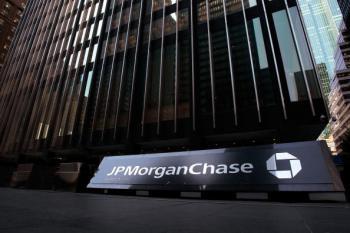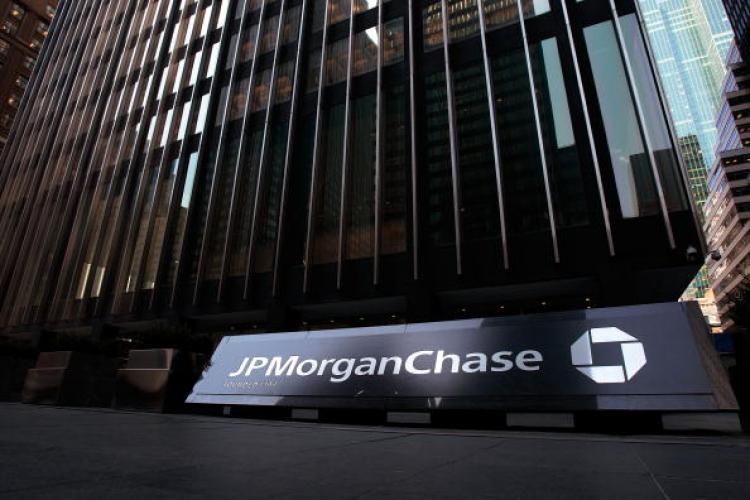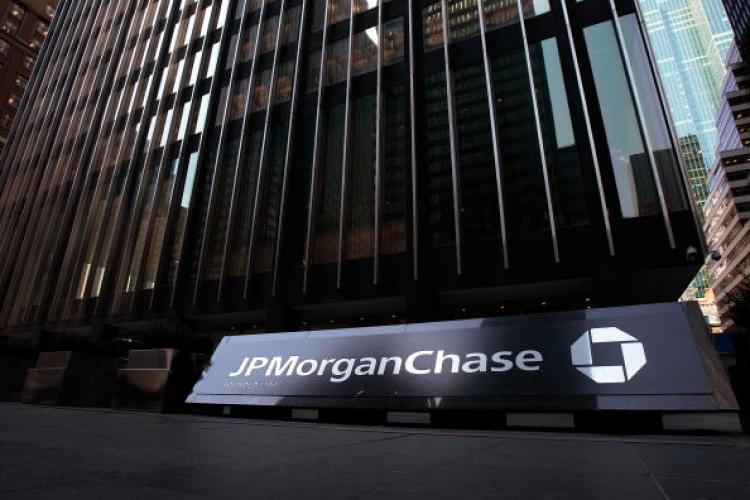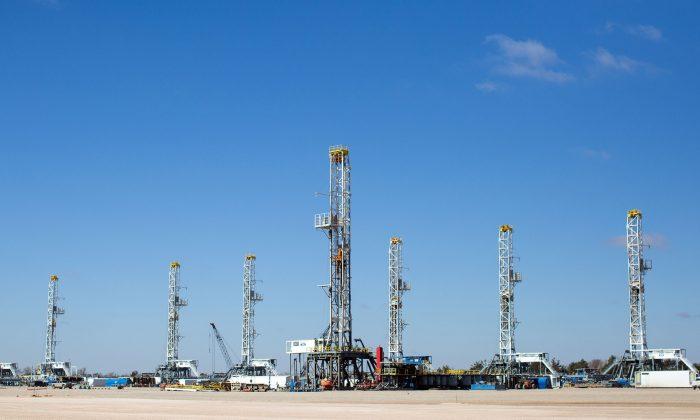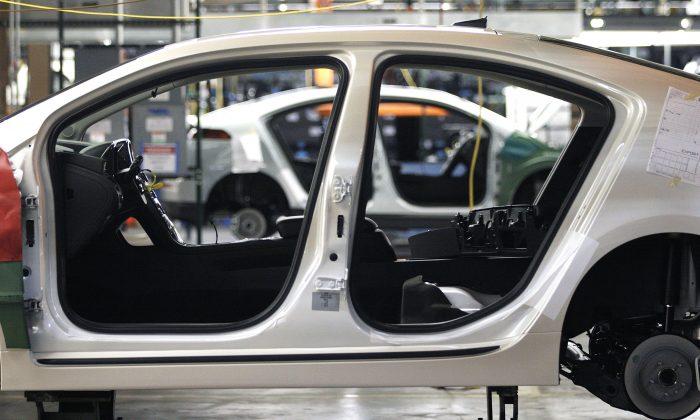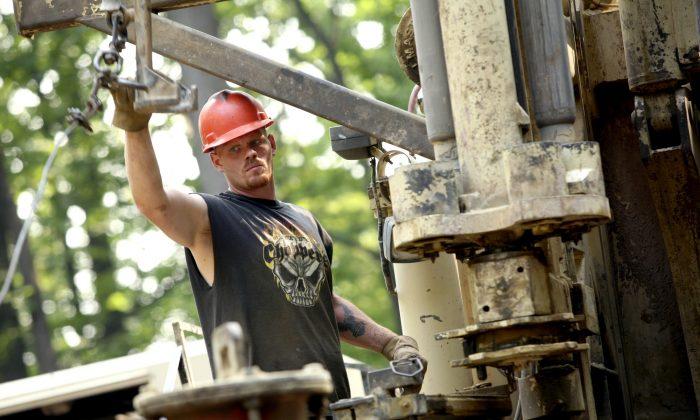JPMorgan Chase & Co., the nation’s second biggest bank, reported on Thursday that second-quarter 2009 earnings rose for the first time in two years, but warned that consumer loan losses could worsen in the coming months.
The New York-based bank said profits were $2.7 billion, a $700 million increase from the same period last year. Investment banking revenues drove the revenue growth, with record earnings during the first half of 2009.
But Chairman Jamie Dimon cautioned in a statement, “These results were negatively affected by the continued high levels of credit costs in consumer lending and (credit) card services, which we expect will remain elevated for the foreseeable future.”
Chase extended “approximately $150 billion in new credit to consumer and corporate customers,” and “approved 138,000 trial mortgage modifications, bringing total foreclosures prevented since 2007 to 565,000,” Dimon added.
The bank warned that losses on consumer credit card and mortgages may exacerbate this year, as consumers across the nation struggle to pay their bills.
Chase’s credit card business lost $672 million during the quarter, an increase in losses of 169 percent over last year. It increased its charge-off rate, or the portion of credit card debt that Chase doesn’t expect to be repaid, to a hefty 10.03 percent.
Credit card payments depend heavily on employment, and with companies still laying off employees by the thousands, the bank doesn’t expect the trend to get better any time soon.
In addition to Chase’s credit cards, the bank also acquired Washington Mutual in September of 2008, which also operated a large credit card business.
Chase also issued guidance on loan losses of $600 million for prime mortgages, with additional $500 million potential losses on subprime. The bank has set aside $2 billion as cash cushion to offset loan losses.
Nevertheless, Chase is one of the healthier of the big U.S. banks—last month it was approved to pay back all of its TARP obligations. It paid back its entire loan of $25 billion, plus an additional $795 million in taxpayer dividends to the U.S. Treasury.
Foreclosure Rates Still Rising
Foreclosure listing firm RealtyTrac reported that June foreclosure filings increased again as rising unemployment and falling housing values pushed more homeowners to default on their mortgage payments.
The firm reported that 1.5 million U.S. homes were foreclosed during the first half of 2009, a 9 percent increase from the preceding six months and a whopping 15 percent increase from the first six months of last year. More than 1 in 84 U.S. homes received a foreclosure notice.
“In spite of the industry-wide moratorium earlier this year, along with local, state and national legislative action and increased levels of loan modification activity, foreclosure activity continues to increase to record levels,” James Saccacio, chief executive officer of RealtyTrac, said in a statement.
Nevada, Arizona, Florida, and California have the highest foreclosure rates in the nation, RealtyTrac found. More than 6 percent of homes in Nevada are under foreclosure.
Some analysts are already predicting even greater foreclosure numbers ahead. Today’s delinquencies are different than the ones experienced early last year—the subprime homeowners who took out exotic mortgages—but caused by rising unemployment rate and economic duress.
